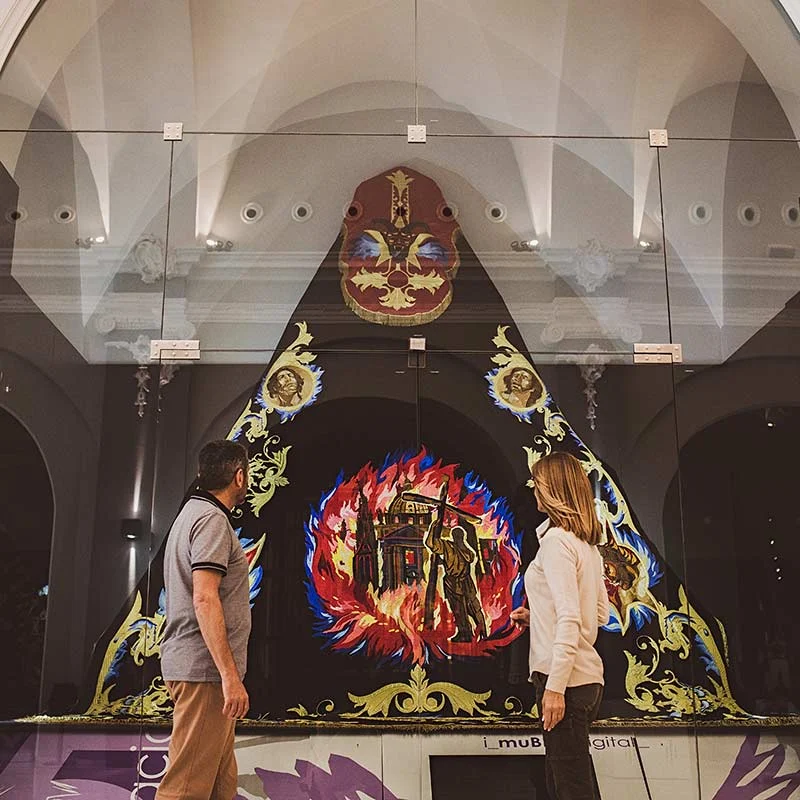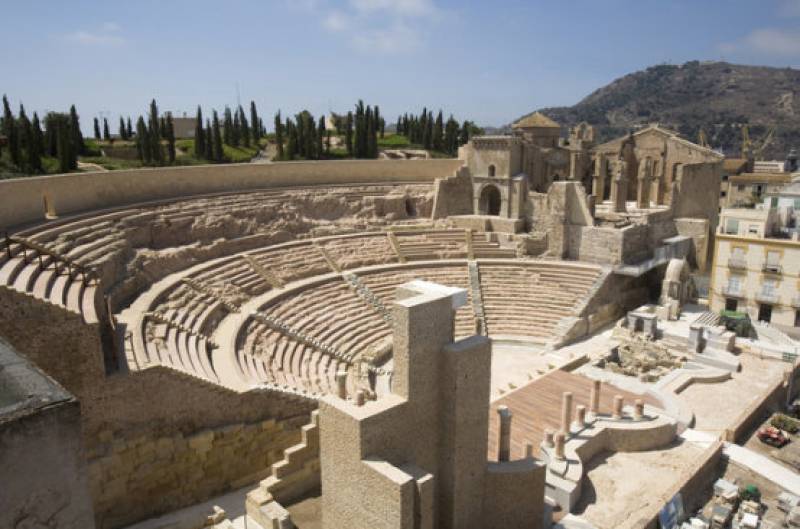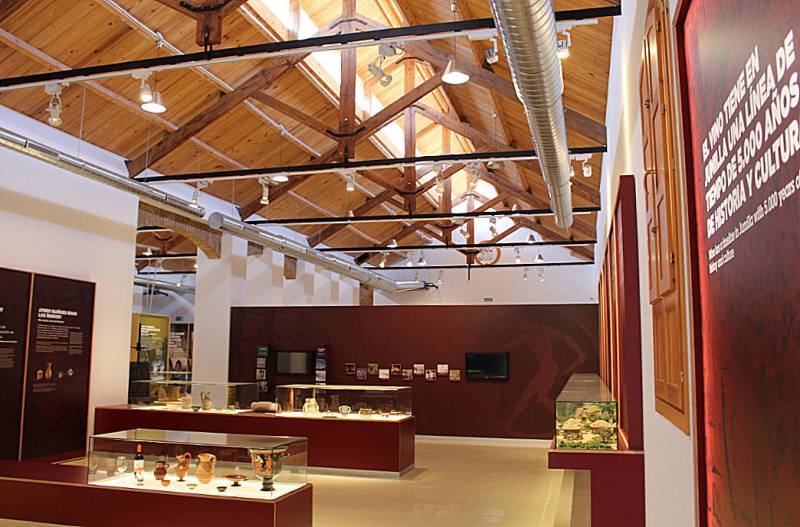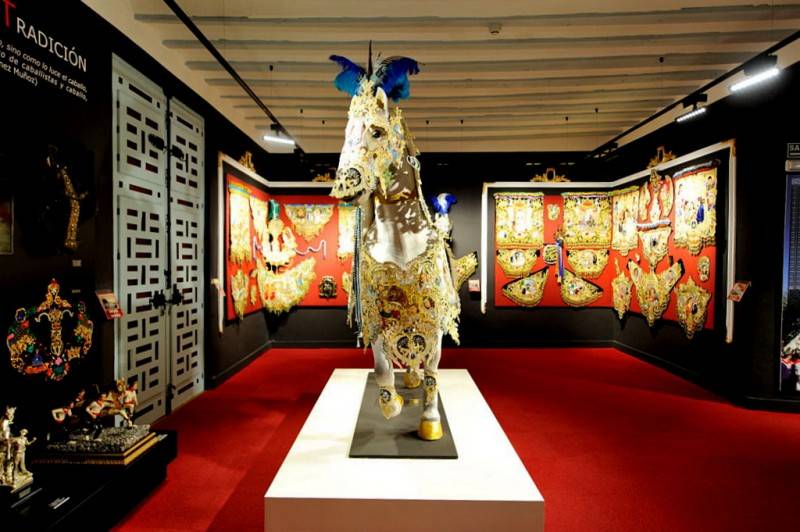- Region
- Águilas
- Alhama de Murcia
- Jumilla
- Lorca
- Los Alcázares
- Mazarrón
- San Javier
-
ALL AREAS & TOWNS
- AREAS
- SOUTH WEST
- MAR MENOR
- MURCIA CITY & CENTRAL
- NORTH & NORTH WEST
- TOWNS
- Abanilla
- Abarán
- Aguilas
- Alamillo
- Alcantarilla
- Aledo
- Alhama de Murcia
- Archena
- Balsicas
- Blanca
- Bolnuevo
- Bullas
- Cañadas del Romero
- Cabo de Palos
- Calasparra
- Camping Bolnuevo
- Campo De Ricote
- Camposol
- Canada De La Lena
- Caravaca de la Cruz
- Cartagena
- Cehegin
- Ceuti
- Cieza
- Condado de Alhama
- Corvera
- Costa Cálida
- Cuevas De Almanzora
- Cuevas de Reyllo
- El Carmoli
- El Mojon
- El Molino (Puerto Lumbreras)
- El Pareton / Cantareros
- El Raso
- El Valle Golf Resort
- Fortuna
- Fuente Alamo
- Hacienda del Alamo Golf Resort
- Hacienda Riquelme Golf Resort
- Isla Plana
- Islas Menores & Mar de Cristal
- Jumilla
- La Azohia
- La Charca
- La Manga Club
- La Manga del Mar Menor
- La Pinilla
- La Puebla
- La Torre
- La Torre Golf Resort
- La Unión
- Las Palas
- Las Ramblas
- Las Ramblas Golf
- Las Torres de Cotillas
- Leiva
- Librilla
- Lo Pagan
- Lo Santiago
- Lorca
- Lorquí
- Los Alcázares
- Los Balcones
- Los Belones
- Los Canovas
- Los Nietos
- Los Perez (Tallante)
- Los Urrutias
- Los Ventorrillos
- Mar De Cristal
- Mar Menor
- Mar Menor Golf Resort
- Mazarrón
- Mazarrón Country Club
- Molina de Segura
- Moratalla
- Mula
- Murcia City
- Murcia Property
- Pareton
- Peraleja Golf Resort
- Perin
- Pilar de la Horadada
- Pinar de Campoverde
- Pinoso
- Playa Honda
- Playa Honda / Playa Paraíso
- Pliego
- Portmán
- Pozo Estrecho
- Puerto de Mazarrón
- Puerto Lumbreras
- Puntas De Calnegre
- Region of Murcia
- Ricote
- Roda Golf Resort
- Roldan
- Roldan and Lo Ferro
- San Javier
- San Pedro del Pinatar
- Santiago de la Ribera
- Sierra Espuña
- Sucina
- Tallante
- Terrazas de la Torre Golf Resort
- Torre Pacheco
- Totana
- What's On Weekly Bulletin
- Yecla


- EDITIONS:
 Spanish News Today
Spanish News Today
 Alicante Today
Alicante Today
 Andalucia Today
Andalucia Today
A world of opportunities on Museums Day in the Region of Murcia!
Over the weekend of May 18 museums all over Murcia will be opening their doors to the public free of charge
 Every year, International Museums Day is celebrated throughout the world, with thousands of remarkable venues opening their doors to allow the public to explore aspects of history, art and knowledge which connect us to the past and inspire us for the future, and the Region of Murcia is no exception.
Every year, International Museums Day is celebrated throughout the world, with thousands of remarkable venues opening their doors to allow the public to explore aspects of history, art and knowledge which connect us to the past and inspire us for the future, and the Region of Murcia is no exception.
This year, the motto of Museums Day is “Museums for Education and Research”, and the weekend of the celebration is a great chance to get to know some of the beauties and treasures of Murcia while at the same time learning how progress can be made towards a sustainable future.
ARCHAEOLOGY
The recommendations of the regional tourist board (ITREM) begin with some examples of the rich archaeological heritage of this part of Spain, including Roman and Moorish artefacts and buildings as well as discoveries made under the surface of the Mediterranean. Highlights include the Museo Arqueológico Los Baños in Alhama de Murcia and of course the ARQVA, the national underwater archaeology museum on the seafront in Cartagena, with a unique focus on the fascinating wrecks found along the Murcia coastline. The Museo de Siyasa in Cieza perfectly illustrates life in Spain during the Middle Ages, while other local museums such as the Museo de Historia Local in San Javier, the Museo Municipal Palacio Barón de Benifayó in San Pedro del Pinatar, the Cayetano de Mergelina museum in Yecla and the Jerónimo Molina museum in Jumilla, trace the devilment of local society throughout history, and, in many cases, pre-history.
 Arguably at the top of the tree is the Museo del Teatro Romano in Cartagena, which provides a complete vision of the characteristics of ancient Roman theatre. This museum, like the others, is of value not only as a cultural reference, but also as keys to understanding the history of the Region of Murcia in a wider context.
Arguably at the top of the tree is the Museo del Teatro Romano in Cartagena, which provides a complete vision of the characteristics of ancient Roman theatre. This museum, like the others, is of value not only as a cultural reference, but also as keys to understanding the history of the Region of Murcia in a wider context.
HISTORY
In terms of history, museums can provide insights into the past and the cultural routes of any given area, and a prime example of this is the Museo de Historia Local in San Javier. Similarly, the Documentation and Exhibition Centre in Cabo de Palos, located next to the church, and the Museo Naval in Cartagena, offer an understanding of the importance of naval history in the Region of Murcia, while the Museo Histórico Militar in Cartagena and the CIUFRONT history museum in Lorca show us details of military and medieval history respectively.
 Other fascinating examples of local history museums are the Museo Aeronáutico Municipal in Los Alcázares and the Museo Ciudad de Mula in Mula.
Other fascinating examples of local history museums are the Museo Aeronáutico Municipal in Los Alcázares and the Museo Ciudad de Mula in Mula.
ART
If you enjoy the creativity and beauty which find their expression in the arts, there are plenty of must-see museums in Murcia, including the Museo Ramón Gaya in the Plaza de Santa Catalina in the heart of the regional capital, named after the great painter. Nearby is the Museo de Bellas Artes de Murcia in Calle Obispo Frutos, while in Cartagena popular visits include the Museo Regional de Arte Moderno (MURAM) and the Palacio Aguirre in the Plaza de la Merced, both with extensive permanent collections ranging from the ancient to the modern.
Unfortunately, the El Greco Replicas museum in Yecla is temporarily closed, but the Casa Municipal de Cultura and the Casa-Museo Antonio Campillo in Ceutí are magnets for art lovers, while the open air art museum of "Ceutí a Cielo Abierto" is a unique artistic experience!
RELIGIOUS ART
In this field as well, the Region of Murcia is particularly blessed, and there are numerous museums dedicated to the area.
 The Museo de la Vera Cruz in Caravaca de la Cruz, located inside the Sanctuary of the True Cross, and the Museo de la Catedral de Murcia in Plaza Cardenal Belluga, both house exceptional collections which tell the story of religious culture in the Region, while the Museo Salzillo in Plaza San Agustín in the regional capital is a tribute to the renowned sculptor Francisco Salzillo and contains many of his masterpieces. Other notable museums include the Museo del Belén in San Javier, the remarkable museum of the Convento de Santa Ana in Jumilla and the Casa Museo de la Semana Santa in Cieza, all of which offer unique experiences related to religious devotion and sacred works of art in the Region of Murcia.
The Museo de la Vera Cruz in Caravaca de la Cruz, located inside the Sanctuary of the True Cross, and the Museo de la Catedral de Murcia in Plaza Cardenal Belluga, both house exceptional collections which tell the story of religious culture in the Region, while the Museo Salzillo in Plaza San Agustín in the regional capital is a tribute to the renowned sculptor Francisco Salzillo and contains many of his masterpieces. Other notable museums include the Museo del Belén in San Javier, the remarkable museum of the Convento de Santa Ana in Jumilla and the Casa Museo de la Semana Santa in Cieza, all of which offer unique experiences related to religious devotion and sacred works of art in the Region of Murcia.
SCIENCE AND TECHNOLOGY
Science and technology museums allow us to enjoy absorbing journeys through the history of human progress and innovation, and the Museo Naval in Cartagena on Paseo de Alfonso XII illustrates not only the maritime history of the Region but also its influences and impact on navigation and naval defence.
On the other hand, the Espacio Molinos del Río complex on the south bank of the river in Murcia is a dynamic museum combines history and technology and is equipped with interactive displays and experiments concerning the industrial development and the use of hydraulic power in the Region.
Both of these museums allow is to become immersed in the world of technology, exploring and understanding the inventions which have shaped both the present and the future of human society.
ETHNOGRAPHY AND ANTHROPOLOGY
Each of the museums devoted to ethnography and anthropology in the Region of Murcia offers a unique perspective on local history and culture, including the Los Baños museum in Alhama de Murcia, the Pequeño Museo del Esparto in Cieza, the Museo del Esparto in El Garrobillo (Águilas), the Museo de la Huerta in Alcantarilla, the wine museums of Bullas and Jumilla and the Museo Ciudad de Mula.
 MONOGRAPHIC MUSEUMS
MONOGRAPHIC MUSEUMS
Numerous museums in the Region of Murcia illustrate a wonderful diversity of topics and subjects, each of them unique in its own way. These include the Museo de la Fiestas and the Museo de los Caballos de Vino in Caravaca, The Roman Theatre Museum in Cartagena, the Embroidery Museums of Lorca and the Museum of the Railway in Águilas to name but a few, and it is difficult not to be hooked on the wide range of topics they illustrate and explain.
 NATURAL SCIENCE
NATURAL SCIENCE
Again, the Centro de Documentación y Exposición of Cabo de Palos stands out as a shining example of natural science museums in the Region, with its wide range of exhibitions and resources which help visitors to understand the rich biodiversity of both land and sea in the area. The focus is very much on environmental education and conservation, and its level of informativeness regarding the wildlife of the unique ecosystems of the Murcia coastline is almost unparalleled.
So, whatever your preferences, don’t miss out on International Museums Day as an opportunity to open the door to the vast resources for learning and understanding which are on display in museums all over Murcia!
Source: ITREM







